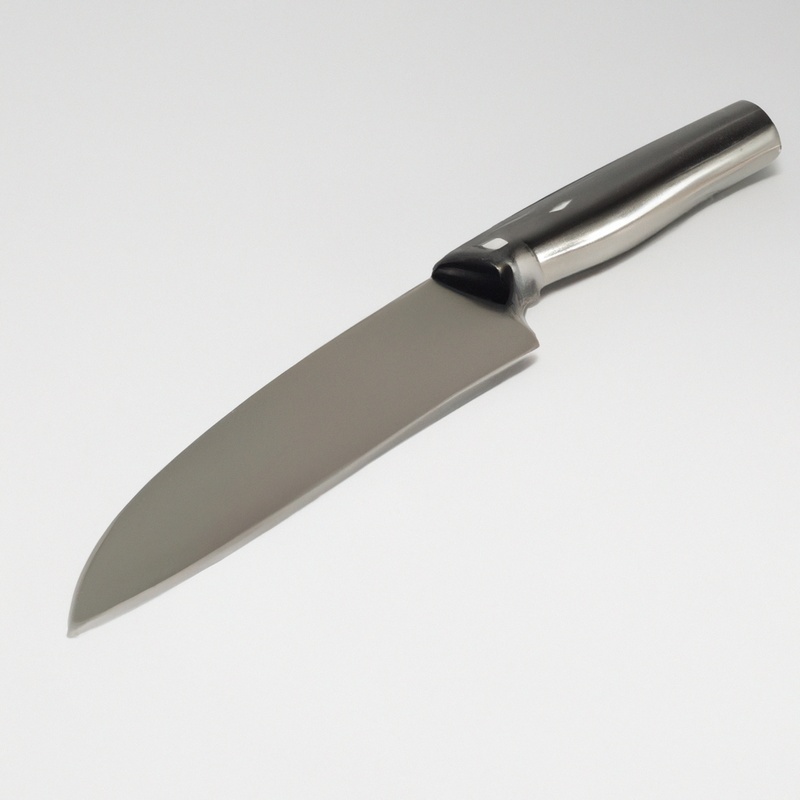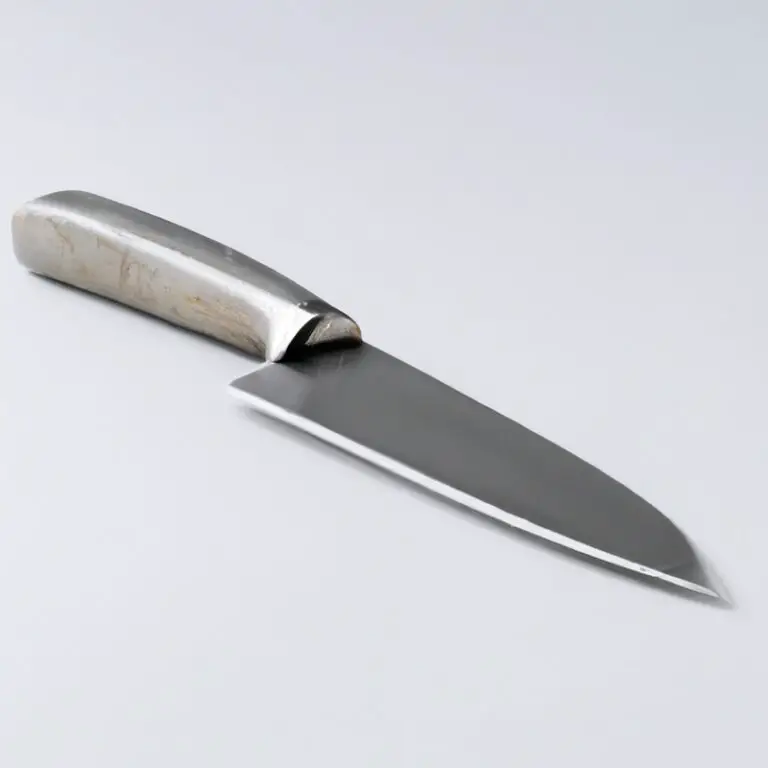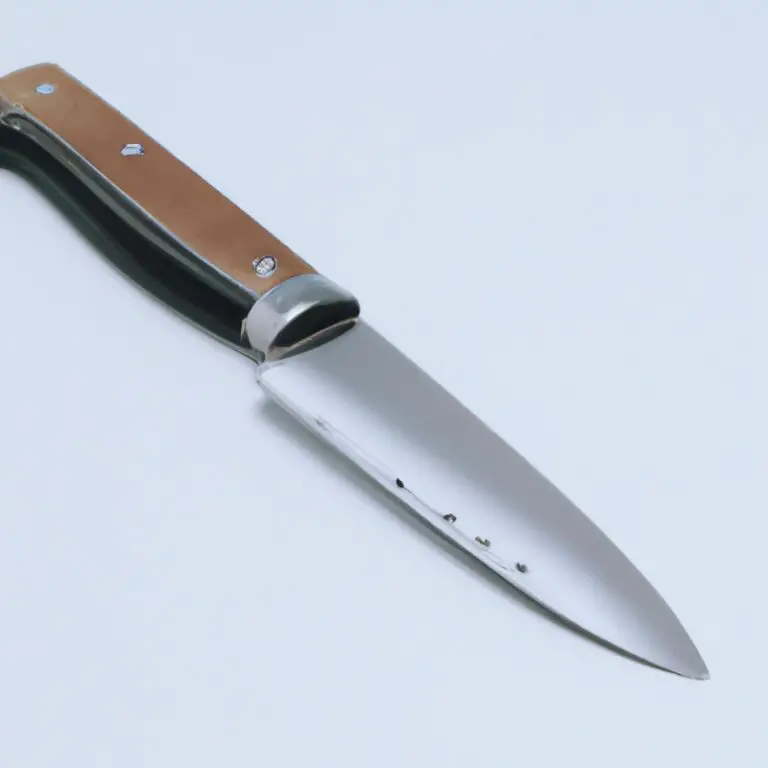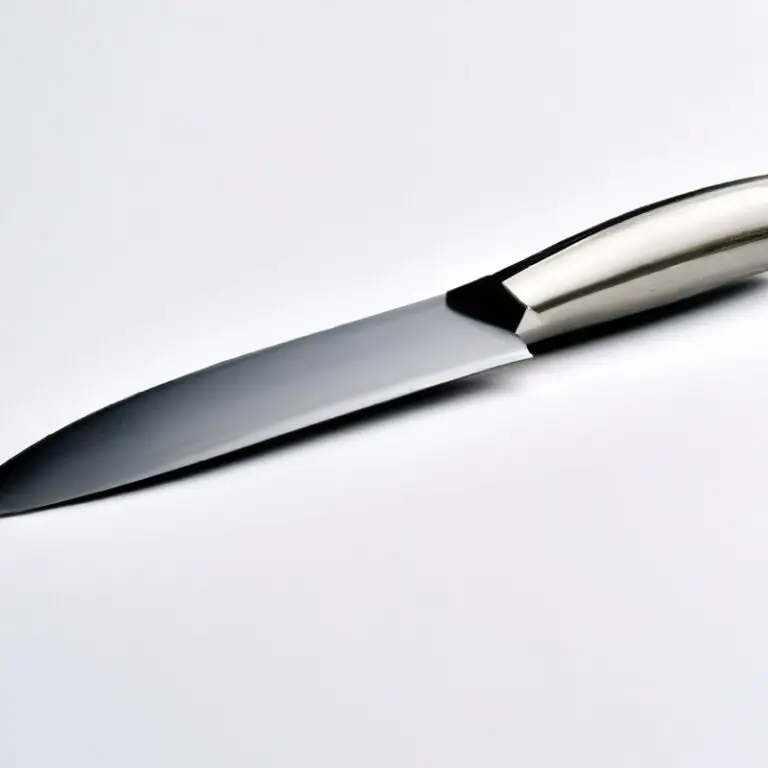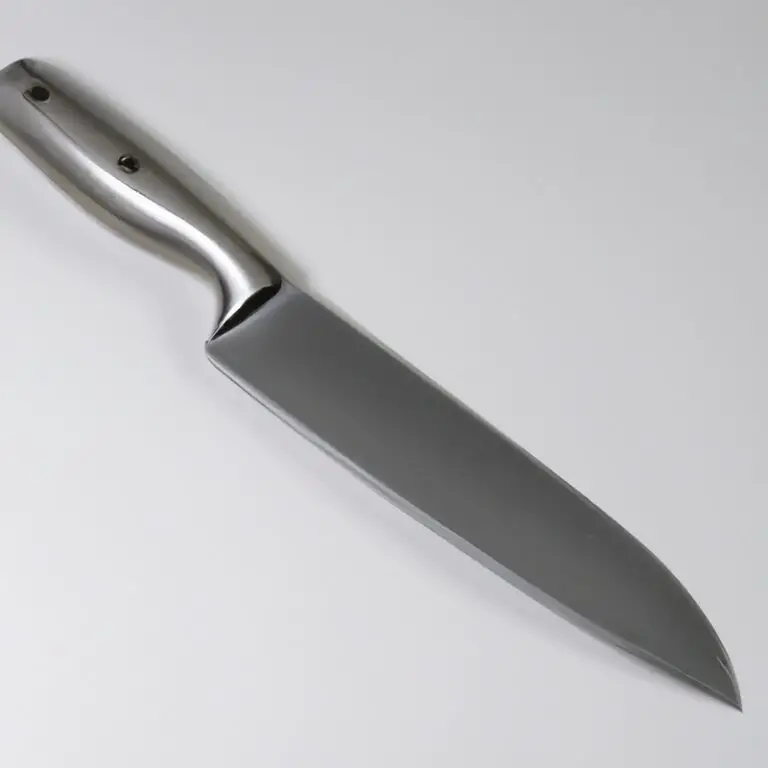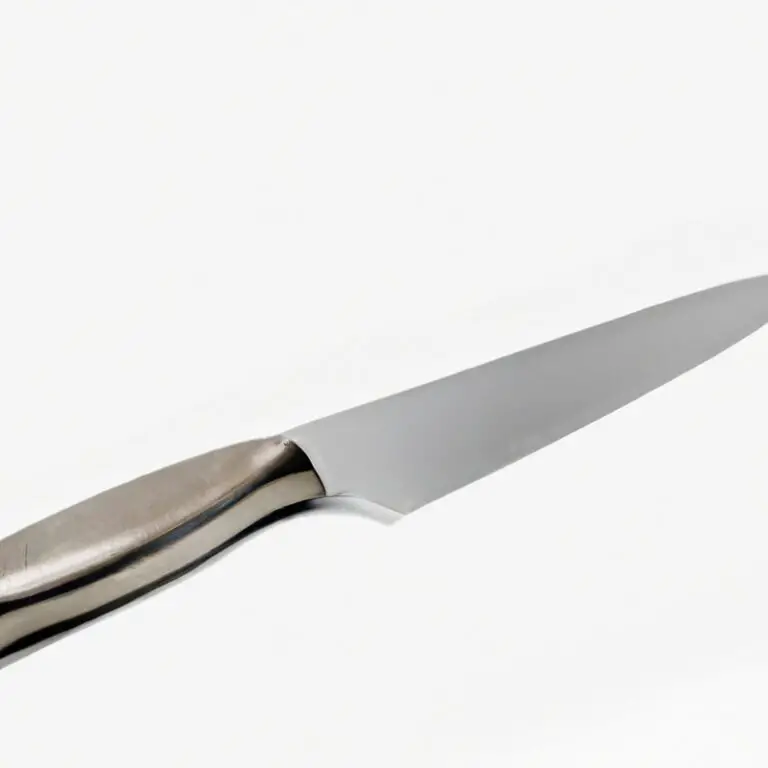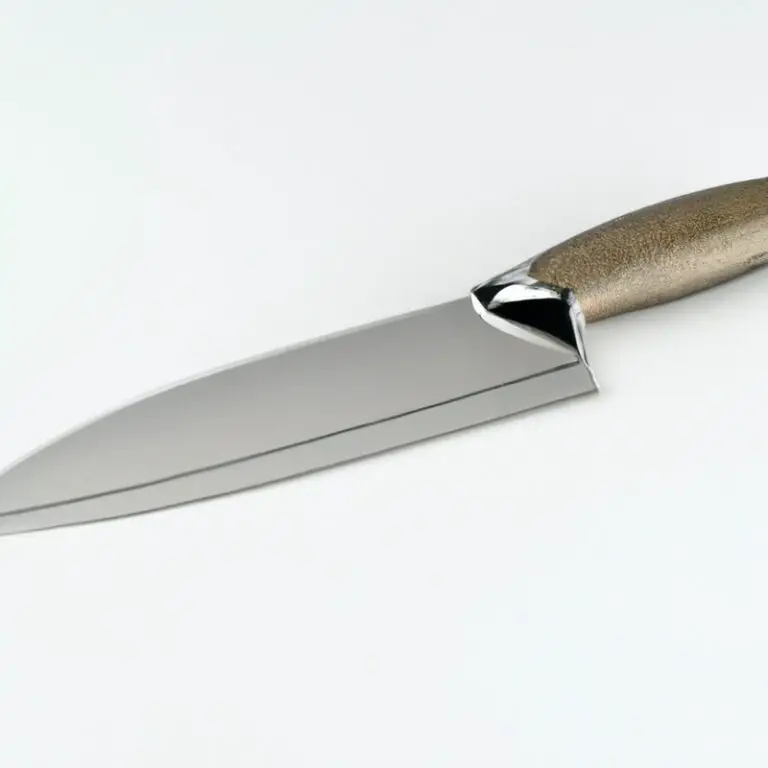Can I Use a Paring Knife To Trim Meat? – Tips
Key Takeaways:
- A paring knife may not be the best tool for trimming meat due to its small size and limited capabilities.
- Properly trimming meat is crucial for achieving optimal flavor and texture in your dish.
- Investing in a high-quality meat trimmer or boning knife can make the trimming process much easier and efficient.
- Always prioritize safety when handling sharp knives and make sure to use proper techniques to avoid injury.
Are you tired of struggling with a dull knife while trimming meat? Have you ever wondered if a paring knife could do the job instead?
As a culinary expert and experienced home cook, I know that using the right tool for the job is key to achieving success in the kitchen.
In this article, we will discuss the use of paring knives for trimming meat, explore the pros and cons, and share tips and techniques to help you make an informed decision. So, let’s dive in and explore the world of meat trimming with paring knives.
| Question | Answer |
|---|---|
| Can I use a paring knife to trim meat? | Yes, you can use a paring knife to trim meat as long as it is sharp and has a pointed tip. |
| What kind of meat can I trim with a paring knife? | You can trim small cuts of meat, such as chicken breasts or steaks. Paring knives are not typically used for trimming large cuts of meat, such as roasts or hams. |
| What are the benefits of using a paring knife for trimming meat? | Paring knives are small and precise, which makes them ideal for trimming meat. They are also easy to maneuver, allowing you to make accurate cuts. |
| Are there any downsides to using a paring knife for trimming meat? | Since paring knives are small, they can be difficult to use for trimming larger cuts of meat. Additionally, a paring knife may not be sharp enough to trim through tough or fatty portions of meat. |
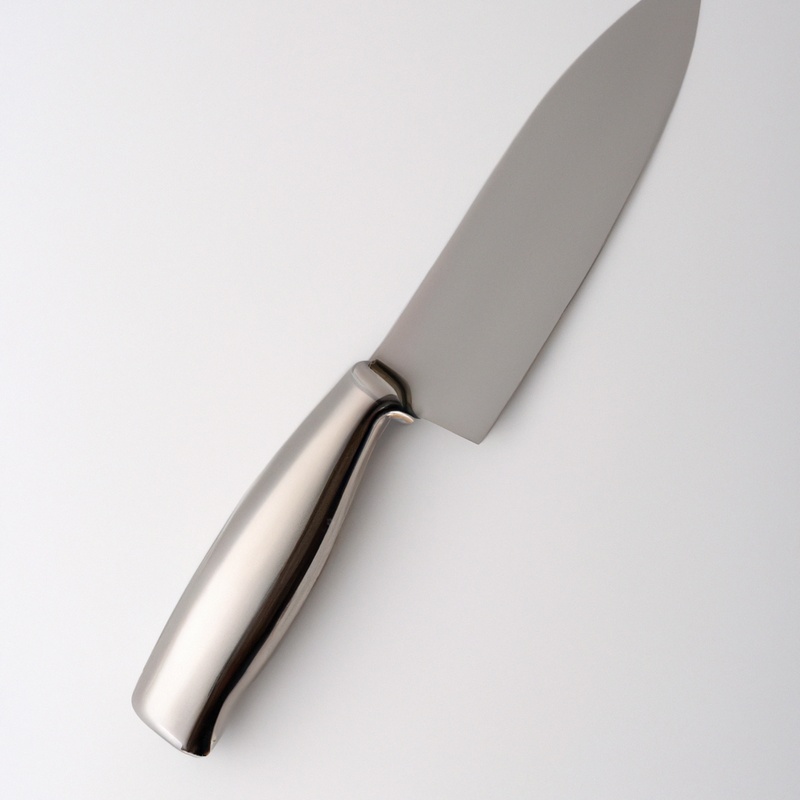
Understanding the Use of Paring Knives
Paring knives are small, versatile knives that are commonly used in the kitchen for tasks such as peeling, trimming, and slicing fruits and vegetables. While they are not specifically designed for trimming meat, they can be used for this task with some modifications.
When using a paring knife to trim meat, it is important to choose the right knife for the job, taking into account factors such as blade length, blade flexibility, and handle grip.
It is also important to use proper techniques to ensure accuracy and safety, such as working slowly and steadily and using a firm grip on the knife. Maintaining a paring knife for meat trimming is also important to ensure the knife remains sharp and effective.
This can be done through proper cleaning and sharpening techniques.
Alternative tools for trimming meat are also available, such as specialized trimming knives or kitchen scissors. These tools have their own pros and cons, and it is up to the individual to determine which tool works best for their needs.
Overall, while paring knives can be used for trimming meat, it is important to take necessary precautions and use proper techniques to ensure accurate and safe results.
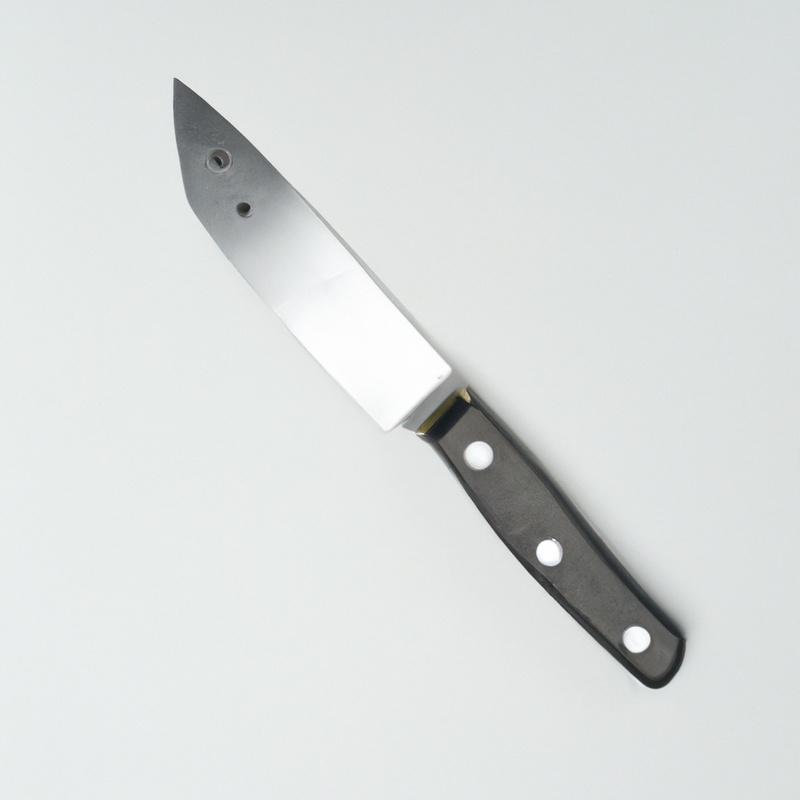
Why Use a Paring Knife for Trimming Meat?
Using a paring knife for trimming meat is advantageous for several reasons. Firstly, the thin and sharp blade of a paring knife allows for precise cuts, making it easier to remove unwanted fat or gristle from meat without removing too much of the actual meat.
The small size of the blade also provides better control during the trimming process, ensuring more accuracy in the cuts.
Secondly, paring knives are typically made of high-quality materials such as stainless steel or ceramic, which maintains its sharpness for longer periods. This feature is essential when trimming meat as dull knives can result in ragged edges, which can compromise the appearance and texture of the meat.
Furthermore, paring knives are versatile and can be used for various tasks, including coring, peeling, and slicing fruits and vegetables, making them a valuable addition to any kitchen.
In summary, using a paring knife for trimming meat provides precision, control, and versatility. Investing in a high-quality paring knife will not only make trimming meat easier but will also benefit other kitchen tasks.
Factors to Consider When Choosing a Paring Knife for Trimming Meat
When choosing a paring knife for trimming meat, consider the following factors:
- Blade length: A blade length between 3 and 4 inches is suitable for trimming meat as it allows for precision cuts.
- Blade material: Look for high carbon stainless steel blades as they are durable, rust-resistant and maintain sharpness for longer periods.
- Blade shape: A straight blade is better for trimming meat as it allows for accurate cuts and reduces the risk of damaging the meat.
- Handle design: Choose a knife with an ergonomic handle design that offers a comfortable grip and reduces hand fatigue during use.
- Brand reputation and price: Invest in a reputable and trusted brand, even if it may cost a bit more. A quality paring knife will last longer, have better performance and ensure safer usage.
Considering these factors will greatly affect the quality of your meat trimming experience, and a suitable paring knife will help you achieve the desired results.
Techniques for Using a Paring Knife to Trim Meat
When using a paring knife to trim meat, it’s important to remember a few simple techniques that will ensure the best results. First, hold the knife firmly and slice against the grain of the meat.
Take your time and make small cuts in a back-and-forth motion, carefully removing any unwanted pieces or fat.
Use a claw grip with your non-dominant hand to secure the meat and keep your fingers out of harm’s way. Additionally, sharpen your paring knife regularly to ensure clean and precise cuts.
With these tips in mind, you can confidently use a paring knife to trim meat like a pro.
Tips for Maintaining a Paring Knife for Meat Trimming
To ensure that your paring knife remains sharp and in good condition for meat trimming, follow these tips for maintenance:
- Handwashing: Always handwash your paring knife in warm soapy water and dry it immediately after use.
- Sharpening: Use a sharpening stone or honing rod to sharpen your paring knife regularly, depending on your usage frequency.
- Storing: Store your paring knife in a knife block or sheath to avoid damage to the blade and to prevent accidental cuts.
- Honing: Use a honing rod to straighten the blade before use to maintain its sharpness and effectiveness.
- Avoid cutting hard materials: Avoid using your paring knife to cut hard materials like bones or frozen meat, as it may result in damage to the blade.
By following these tips, your paring knife will remain in excellent condition for efficient meat trimming.
Safety Precautions When Using a Paring Knife for Trimming Meat
When it comes to using a paring knife for trimming meat, safety should always be a top priority. Here are some important safety precautions to keep in mind:
- Keep your knife sharp: A dull knife is more dangerous than a sharp one because it requires extra force to cut through the meat, increasing the risk of slipping and injuring yourself.
- Use a cutting board: Always use a cutting board when trimming meat to avoid damaging countertops or work surfaces, and to prevent the knife from slipping.
- Keep your fingers clear: Always keep your fingers clear of the blade while trimming meat, and use a claw grip to hold the meat in place while cutting.
- Keep the knife in control: Always maintain control of the knife while trimming meat by keeping the handle firmly gripped in your hand.
- Store the knife safely: When you’re finished using the knife, store it safely in a knife block or sheath to prevent accidental cuts.
By following these safety precautions, you can use a paring knife for trimming meat safely and effectively.
Alternative Tools for Trimming Meat: Pros and Cons
There are several alternative tools for trimming meat besides using a paring knife. The following are some of the most commonly used and their pros and cons.
- Chef’s Knife: A chef’s knife is a versatile tool that can be used for trimming, slicing, and chopping meat. It has a long blade that can easily slice through thicker cuts of meat. However, it may not provide the precision needed for delicate trimming.
- Boning Knife: A boning knife has a thin, flexible blade that can easily navigate around bones and joints. It is ideal for trimming meat, especially when it comes to cutting around veins and connective tissues. However, it may not be suitable for thicker cuts of meat.
- Kitchen Shears: Kitchen shears work well for trimming meat, especially when it comes to removing excess fat or cartilage. They provide a more powerful force and can cut through tougher material than a knife. However, they may not be precise for delicate trimming.
- Cleaver: A cleaver is a sturdy tool that can be used for chopping meat and bones. It is ideal for larger cuts of meat and can easily break through joints. However, it may be too bulky and heavy for delicate trimming.
Ultimately, the choice of tool depends on the specific cut of meat and the desired level of precision. It is also important to choose a tool that is comfortable and safe to use.
FAQs about Using a Paring Knife for Trimming Meat
FAQs about Using a Paring Knife for Trimming Meat: Q: What types of meat can be trimmed with a paring knife? A: Paring knives are suitable for trimming small cuts of meat such as poultry, fish, and beef.
Q: Is it safe to use a paring knife for trimming meat?
A: Yes, paring knives can be used for trimming meat, but it is important to use the right technique and follow safety precautions. Q: How do I hold a paring knife when trimming meat?
A: Hold the handle firmly with your dominant hand and use the other hand to hold the meat steady while you trim.
Q: Can I use a sharpening stone to sharpen a paring knife for meat trimming? A: Yes, a sharpening stone is a great tool for sharpening a paring knife for meat trimming.
Q: How often should I sharpen my paring knife for meat trimming?
A: It is recommended to sharpen your paring knife for meat trimming every 6-12 months, depending on how frequently you use it. Q: What should I do if I accidentally cut myself while using a paring knife for trimming meat?
A: Seek medical attention immediately if the cut is deep or bleeding heavily.
Clean the wound with soap and warm water and cover it with a sterile bandage. Q: Can I use other types of knives for trimming meat?
A: Yes, there are other types of knives such as boning knives and chef’s knives that are also suitable for trimming meat.
However, paring knives are ideal for small cuts and delicate work.
Recommended Paring Knives for Meat Trimming
When it comes to paring knives for meat trimming, there are certain features that make a knife perfect for the job. A good meat trimming knife should be sharp and have a comfortable grip.
The blade should be flexible, allowing for precise control when trimming meats.
Some of the best paring knives for meat trimming include the Wusthof Classic 3.5-inch Paring Knife, the Victorinox Swiss Army Cutlery 3.25-inch Paring Knife, and the Shun Classic 3.5-inch Paring Knife. The Wusthof Classic 3.5-inch Paring Knife features a sharp, tapered blade that is perfect for trimming meats.
The blade is made from high-carbon stainless steel and has a full tang for added durability.
The handle is made from a synthetic material that is comfortable to grip and provides excellent control. The Victorinox Swiss Army Cutlery 3.25-inch Paring Knife features a razor-sharp blade that is perfect for trimming meats.
The blade is made from high-carbon stainless steel and has a comfortable, ergonomic handle that provides excellent grip.
The Shun Classic 3.5-inch Paring Knife features a precision-forged, high-carbon stainless steel blade that is perfect for trimming meats. The blade is sharp and flexible, allowing for excellent control when trimming meats.
The handle is made from a durable polymer material that provides a comfortable grip.
When it comes to choosing a paring knife for meat trimming, it is essential to consider factors such as blade quality, handle comfort, and overall durability. By selecting one of the recommended paring knives listed above, you can ensure that you have a knife that is up to the task of meat trimming and will last for years to come.
Final Verdict
A paring knife can be a valuable tool for meat trimming if used correctly. When choosing a paring knife, consider the blade material, size, and handle for optimal performance.
Proper technique and maintenance are essential to ensure the knife remains sharp and effective.
Remember to always prioritize safety when handling sharp objects. While alternative tools are available, a paring knife provides precision and control when it comes to trimming meat.
Trust in the versatility and reliability of a paring knife for your next meat trimming task.

